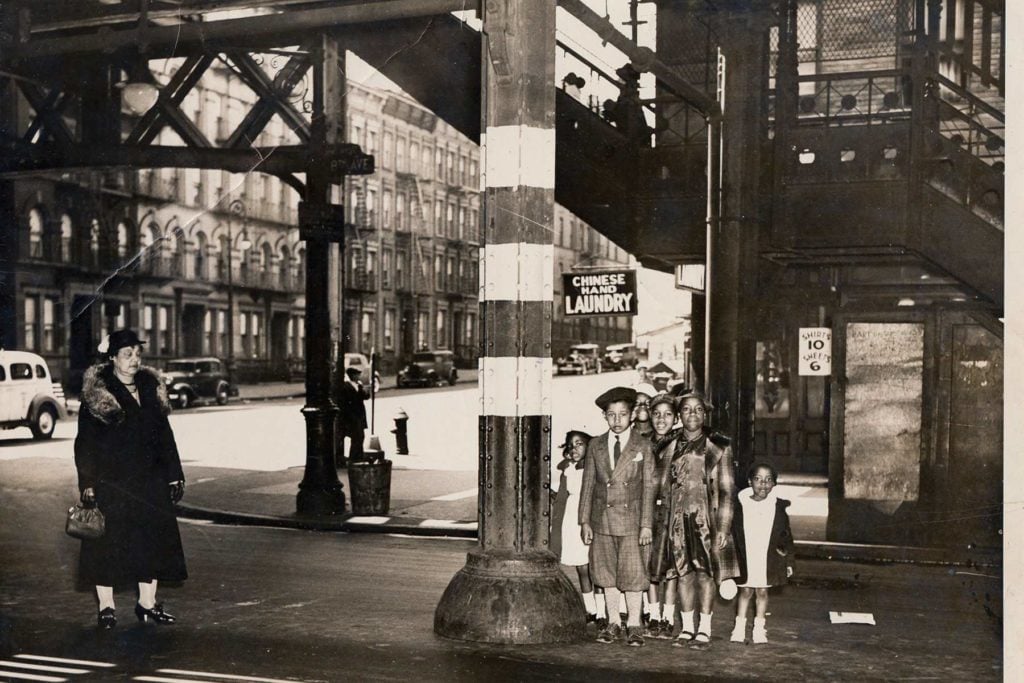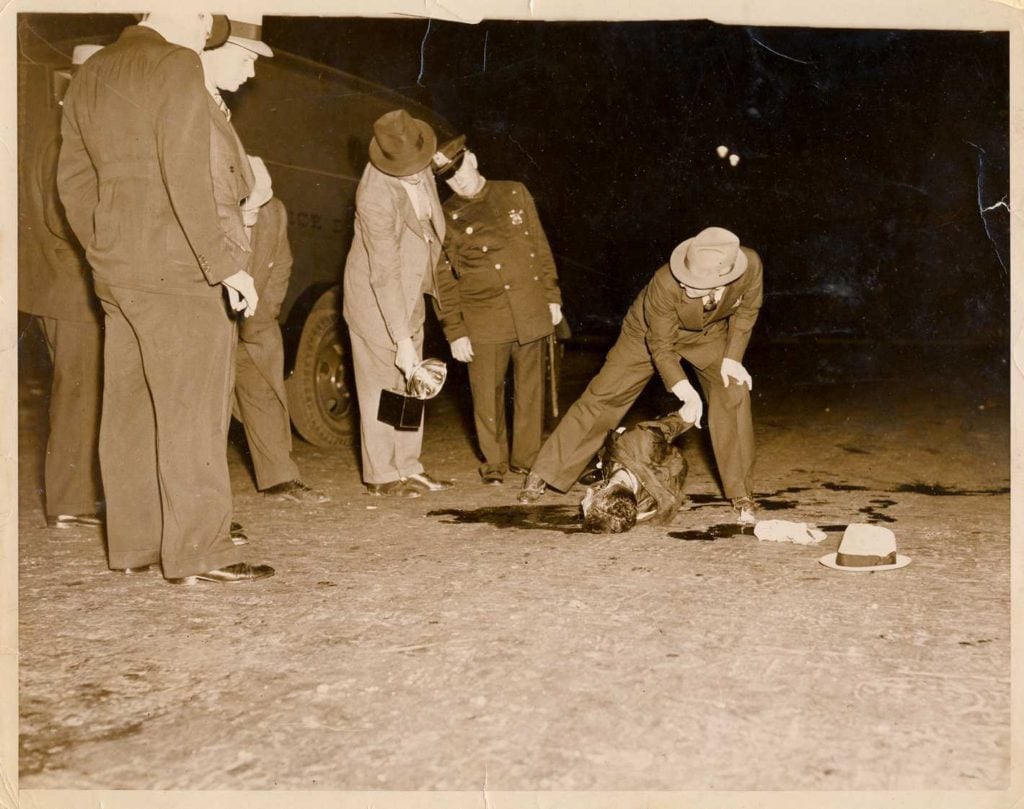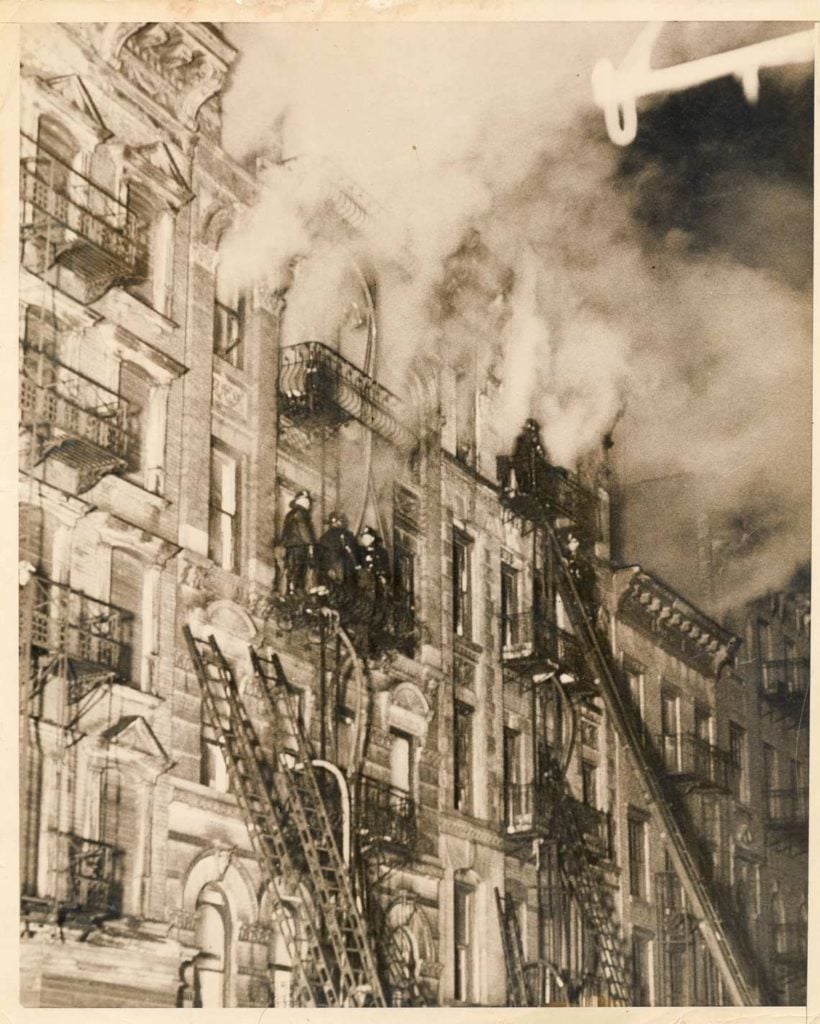Art World
A Seattle Man Discovered a Trove of Long-Lost Weegee Photos From 1937 in His Kitchen Cabinet
The man originally bought the 73 images at a second-hand shop in the 1970s.

The man originally bought the 73 images at a second-hand shop in the 1970s.

Sarah Cascone

Back in the 1970s, David Young bought a box of 73 vintage news photographs at a Philadelphia second-hand store. This year, he pulled them out of the kitchen cabinet of his Seattle home, where they have been languishing for decades, and realized that they were all lost photos by the great crime photographer Weegee, New York magazine reports.
Young reached out to Christopher Bonanos, Weegee’s biographer, who quickly confirmed that the “A. Fellig” stamp and the handwriting on the back of the prints matched the artist’s. (Weegee’s real name is Arthur Felig.)
Most of the photos were completely unknown before the discovery. None had been catalogued in the archives of Weegee’s estate, which were left to New York’s International Center of Photography. Only a few of the images were ever published in New York newspapers.
“It’s like discovering 73 unknown poems by Walt Whitman or unearthing a novella by Melville,” Christopher George, the archivist who manages the Weegee collection at the the International Center of Photography, told New York magazine, calling it “an extraordinary find.”

A newly discovered Weegee photograph of an unidentified murder victim at the scene of the crime. ©Weegee/International Center of Photography, New York.
Weegee was known for his seemingly preternatural ability to appear on the scene of a crime almost instantaneously, sometimes beating even the police. (In 1938, he installed a police radio in his car.) The artist’s gritty black-and-white images captured the seedy underbelly of New York City after dark. He often focused on the onlookers and their reactions to the scene as was unfolding.
Young’s Weegee photos had curled up over the years, and he had to create a home humidifying chamber to flatten them out and start scanning them. Bonanos researched the photos and dated them to April and May of 1937, just a couple of years after Weegee began working as a freelance news photographer in 1935.

A newly discovered Weegee photograph of a late-night tenement fire at 139 Suffolk Street on March 4, 1937, that killed three. ©Weegee/International Center of Photography, New York.
The writer was able to link some 80 percent of the images to a specific crime or incident based on contemporaneous news reports. There are a pair of police station portraits showing a teenage couple after their arrest for allegedly murdering the woman’s mother, a posed photo of a group of children gawking at the site of a car accident, a late-night tenement fire, and what appears to be a scuffle during a strike, among many others.